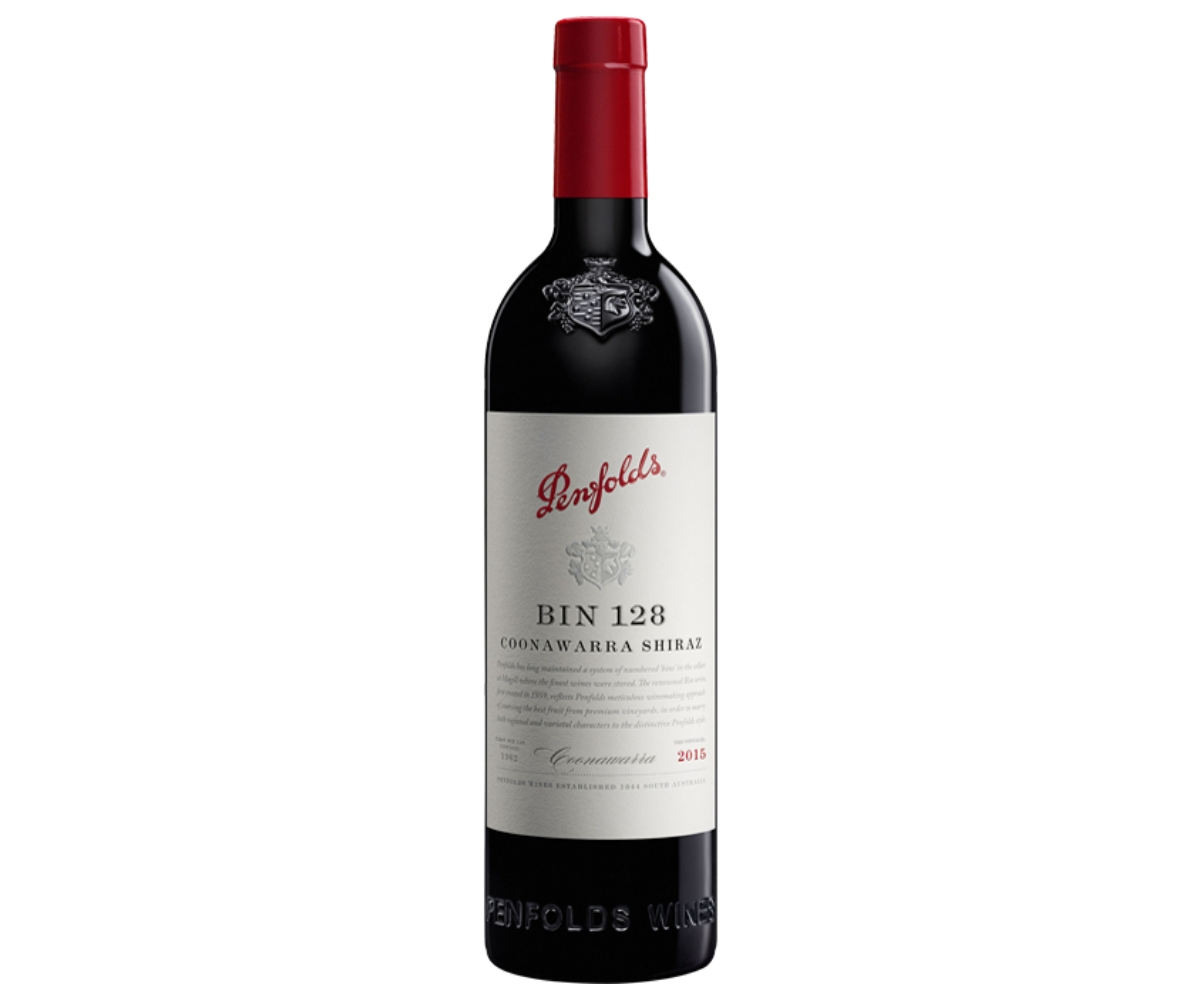Chinese Wine Boom

Chinese demand for Australian minerals may have saved our economy from the brunt of last decade’s GFC, and now, it seems, burgeoning demand for Aussie wine is providing an emboldened sense of optimism to the industry.
Figures released by Wine Australia last month, reveal an increase of 13% on total Australian wine exports for the twelve months to 30 September. That puts the contribution to the national balance of trade at about 2.44 billion, with a massive 30% of this number being contributed by sales to China alone. According to Wine Australia’s Chief Executive, Andreas Clark, the number of Australian producers exporting to China has also risen by 21% over the year, with 2102 wine companies now exporting to the Chinese market.
And it’s not just the volume of sales that are impressive, as the profit margins being achieved by some brands would make domestic producers salivate. Take Treasury Wine Estates for example. Their CEO, Mike Clarke has been fortunate enough to oversee a 47% increase in corporate profits from the Asian market to a staggering $150.1M in the 2016/17 financial year. In that context, it probably isn’t surprising that the company has seen its share price surge three-fold, from about $4.25 to around $15.00 over the last three years or so.
Much of the spike in imported wines has been amongst the luxury brands. In that genre, Penfolds is amongst the highest profile in the Asian market. But with that success lies a strategic risk, not just for Penfolds, but the industry as a whole as copying of luxury goods remains prevalent despite Chinese Government attempts to crack down on counterfeiters. One Chinese social media site “Zue E Niang” (which literally translates to “Drunk Mother Goose”) was recently reported to have claimed that up to 80 – 90% of Penfold’s products sold in the country were fake. And while this claim is said to be “inaccurate” by Penfolds owner, Treasury Wine Estates, there remains a reputational risk not just to the iconic brand, but Australian wine as a whole. If the Chinese consumers buy what they believe to be a high-quality Australian wine but in fact imbibe an inferior product of local viticulture, what lingering impression of their Australian wine experience will they tell their friends about?
Penfolds Bin 128
But the appeal of the genuine Penfolds product is undeniable, even if some of the retail price points border on “breathtaking”. While I don’t normally rave about Shiraz from the Coonawarra region, the 2015 release of the Penfolds Bin 128 impressed my palate with its perfumed nose and intense red berried tang. It is not the ripe opulent and plumish style of its Kalimna Bin 28 cousin but drives a long savoury conclusion, lengthened by tenacious tannins and an obvious French oak influence. At around $40 a bottle, it is starting to stretch the friendship with my wallet, but it’s made in a style that will likely improve with time; if only I weren’t so impatient! If the real 2015 vintage lands in Asia, I reckon it will give the” Sino-oenophiles” something to talk about!